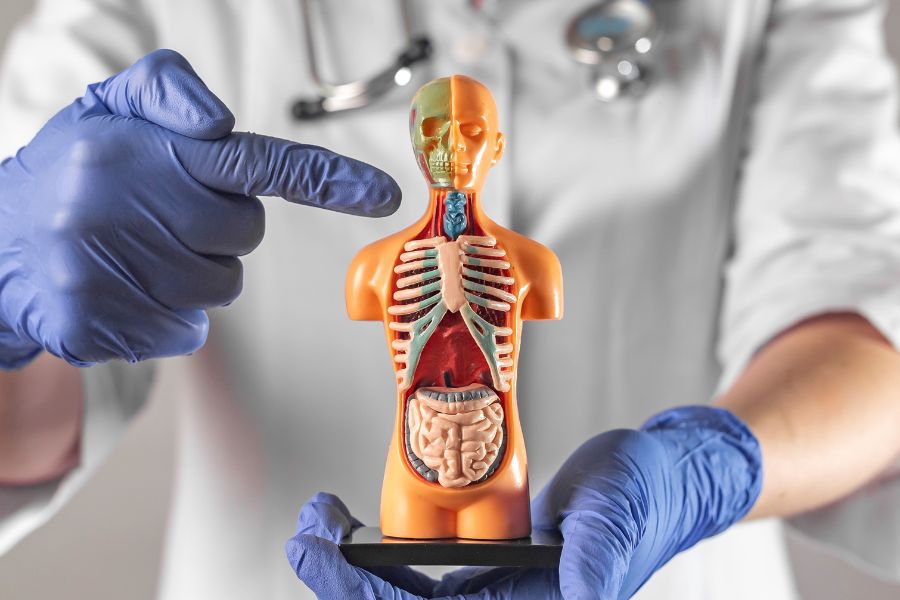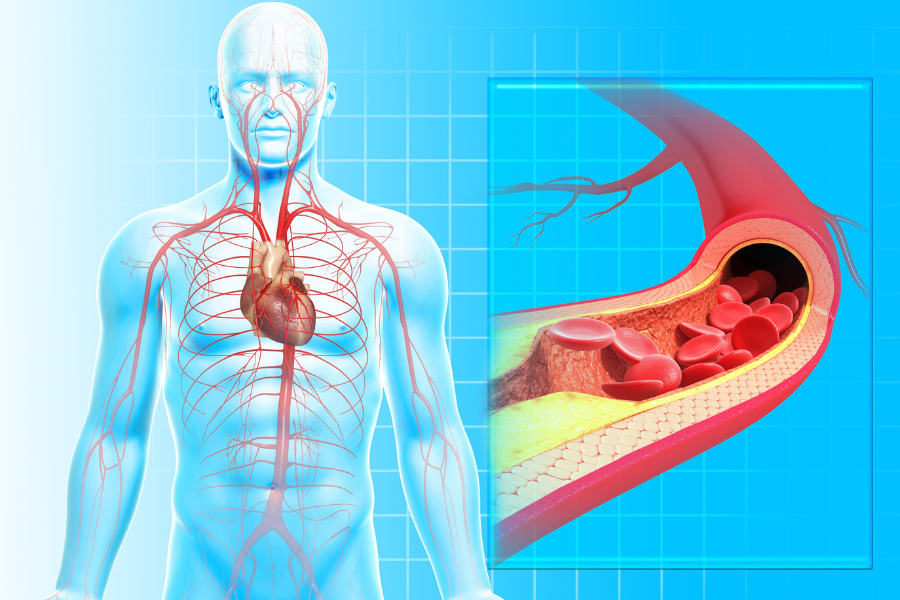Researching Chiropractic. How many people who are suffering, reliant on medication on drugs, and facing a life of limitation could be helped by chiropractic care? Probably most of them.
Bedwetting in an 8-year-old Child: A Chiropractic Perspective
Bedwetting, medically known as nocturnal enuresis, is a common concern among parents. While many children outgrow this phase by age 5, some continue to experience it beyond that age. In the context of an 8-year-old child, bedwetting can be particularly distressing for both the child and the parents, often leading to embarrassment and frustration. While various causes can lead to bedwetting, from developmental delays to urinary tract infections, a chiropractic approach offers a unique perspective.
From a chiropractic standpoint, the spine plays a crucial role in the proper functioning of the body. Misalignments, or subluxations, in the lumbar spine, may interfere with the nerves that control bladder function. When these nerve pathways are impeded, it can reduce bladder control, potentially leading to nocturnal enuresis.
A study by Reed et al. (1994) found a significant relationship between bedwetting and vertebral subluxations, suggesting that chiropractic care might benefit children suffering from nocturnal enuresis (1). In the study, many children who received chiropractic adjustments experienced a marked reduction or complete resolution of their bedwetting symptoms.
While chiropractic care is not a guaranteed cure for bedwetting, it presents a non-invasive, drug-free approach that may benefit some children. If your child is struggling with nocturnal enuresis, it’s essential to consult with a professional chiropractor to determine if this approach is right for your child.
Do you know someone with this issue?
Please encourage them to make an appointment with us!










